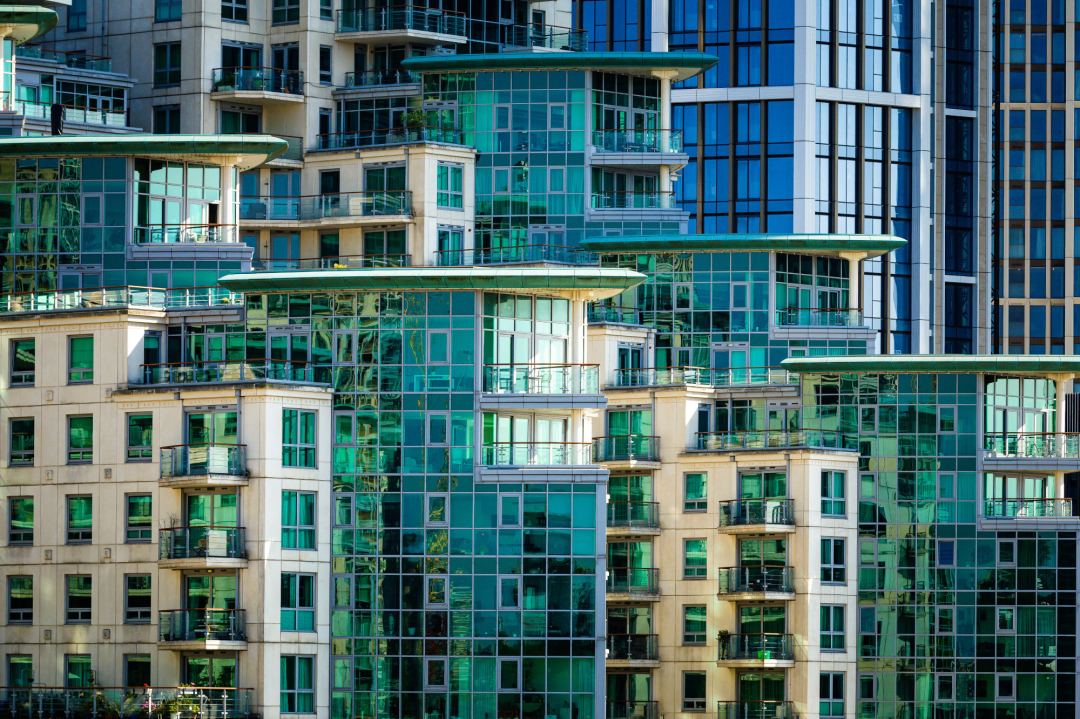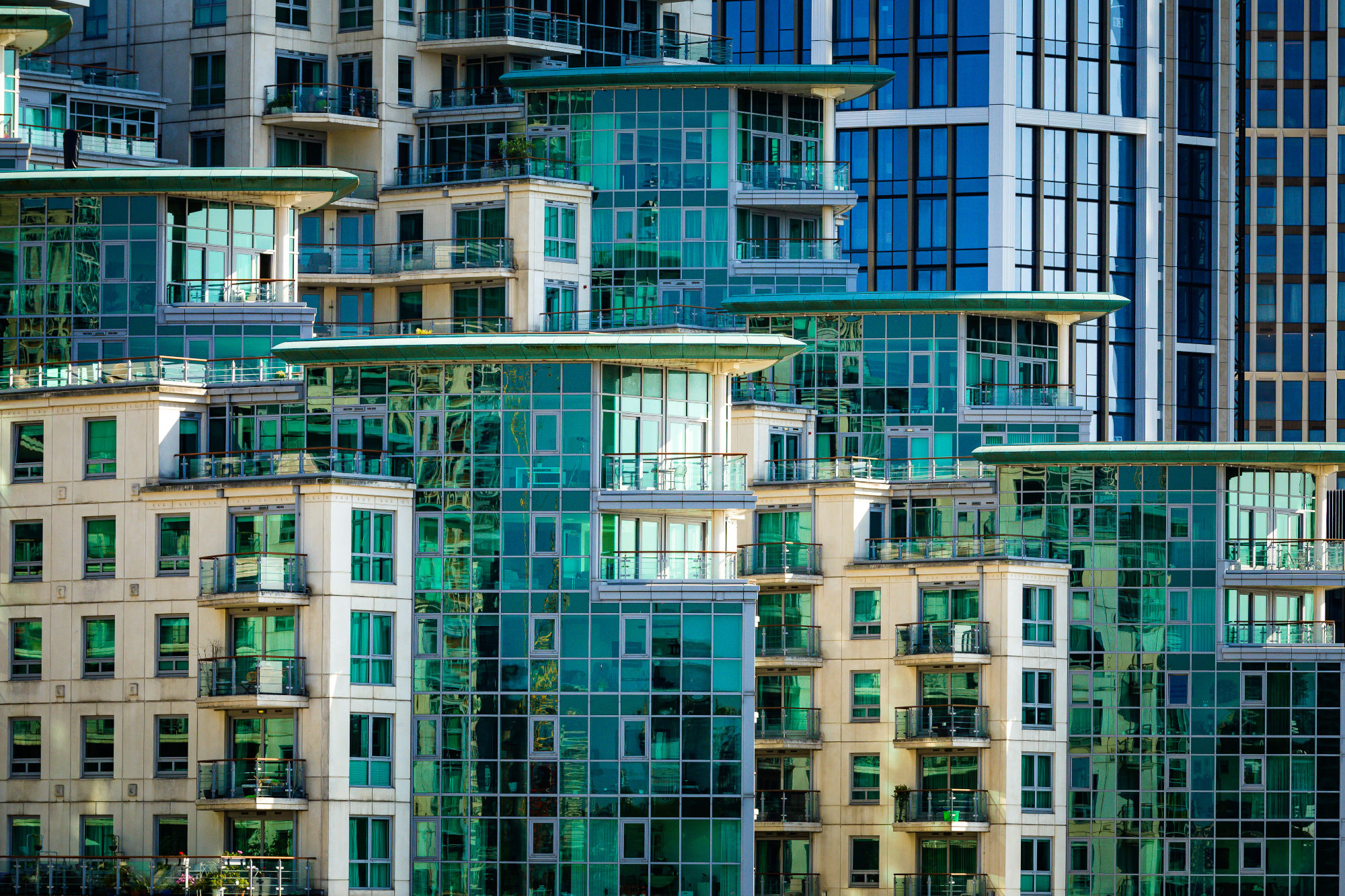If you want to spend the sunny weather house-hunting in East London, you will be met with a stark message in one of the windows of a development alongside the A12. ‘Don’t buy these flats,’ it reads, ‘Too hot’. Residents complain of temperatures which do not fall below 27 Celsius even at four in the morning, leaving them feeling breathless and exhausted.
The government is fixating on stuffing homes with insulation and hermetically-sealing them to prevent heat loss. Come summer and it is frying people in their homes
And of course, it is all the fault of climate change. The Guardian – who else? – links to a study which claims that 10,000 of us are going to die every year as a result excess heat by the middle of this century due to rising temperatures. It is true that average summer temperatures have been rising – the south east of England sees on average around half a dozen more days above 28 Celsius than it did half a century ago. But the acute problem being faced by residents of high rise blocks in East London isn’t so much rising temperatures as regulatory measures designed to prevent climate change. Many thousands of people are being made to live in sick buildings because of building regulations which are supposed to cut climate emissions.
The government is fixating on stuffing homes with insulation and hermetically-sealing them to prevent heat loss – new homes have to undergo tests to check they are not leaking too much air. That might keep them warm in winter, as well as give them a higher rating in the government’s ill-devised Energy Performance Certificates. But come summer and it is frying people in their homes.
Insulation is good in that it slows the indoors transfer of cold air in winter and warm air in summer. The trouble is, though, that buildings have their own sources of heat: from appliances, from their human occupants and in the form of solar gain – where sunlight hits a surface and converts radiant energy into heat. If you cannot disperse this heat you are going to end up with a very overheated building. Either you are going to need ventilation or, better still, air conditioning. But many new British homes have too little of the former and none of the latter. We are building high towers with large glass windows but with little provision for opening them. Meanwhile, air conditioning in private homes is being discouraged through Energy Performance Certificates and planning rules. The government wants us to fit heat pumps, and is chucking £7,500 grants at us for installing one, yet these grants are not available for air to air heat pumps – which can cool as well as heat a home – only for more expensive air source and ground source heat pumps.
According to the English Housing Survey just 3 per cent of households use air conditioning to cool their home. Across Europe the average is 10 per cent. In China it is 60 per cent, the US 88 per cent and Japan 91 per cent. Government policy essentially treats air conditioning as an environmental menace because of its high energy consumption. But why, when its pattern of use matches very well with the output from the solar panels which Ed Miliband wants to plaster over the countryside? If more UK homes don’t fit air conditioning consumers are soon going to find themselves paying huge ‘constraint payments’ to owners of solar farms (just as they already do for wind farms) because there will be no use for the energy they are generating on hot, sunny days.
When our cars, and many offices, are stuffed with air conditioning systems it is perverse that we are expected to do with them in our homes. Stop blaming climate change for people sweltering in their homes and let them cool them down just as people do in other countries.









Comments